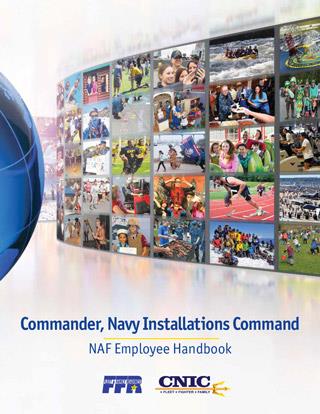Navy Fleet & Famly Readiness Employment
MWR | CYP | FFSC | Galleys | Housing
The NAF Human Resource office provides personnel opportunities and services for Fleet and Family Readiness (FFR) Programs, including quality of life programs for Sailors and their families. FFR enables a ready Navy force through programs such as Family Readiness, Fleet Readiness and Housing. We assist approximately 3500+ employees and management with position classification, recruitment, staffing and compensation, employee and labor relations, unemployment and workers compensation, and implementation and standardization of NAF personnel policies.
The Fleet Readiness division includes many Morale, Welfare and Recreation (MWR) programs and services. These programs include: fitness and sports, deployed support, the Navy Motion Picture Service, libraries, golf, bowling, marinas and outdoor recreation, community recreation, food and beverage, recreational lodging, the Single Sailor or Liberty program, Tickets and Travel, and Navy entertainment programs.
The Family Readiness division provides programs and services through Fleet and Family Support Centers (FFSC), including relocation assistance, information and referral, financial management counseling, spouse employment services, family advocacy and the transition assistance program. FFSC also provides assistance for Individual Augmentees (IA) families and victims of sexual assault. Family Readiness also consists of Child and Youth Programs, including Child Development Centers, the Child Development Home Program and Youth and Teen Centers.
The Navy Housing division is responsible for the overall management of all permanent housing Navy-wide, including family housing and bachelor quarters. Through its public-private venture (PPV) mission, the Navy is revitalizing military housing by partnering with private sector developers to offer quality, affordable housing communities.
 arrow down
arrow down
 arrow down
arrow down

